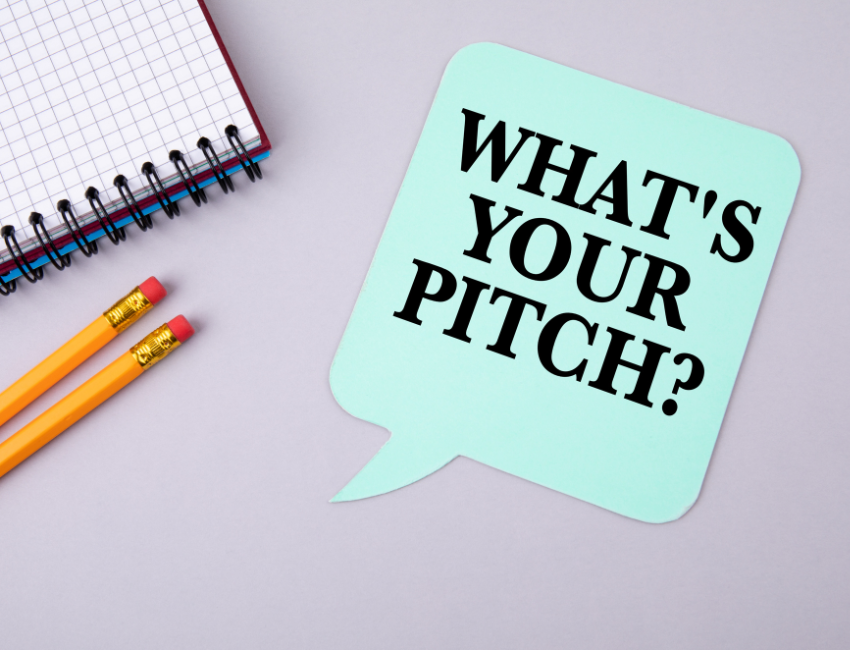Believe it or not, silence is one of the most important skills in effective communication.
For a presentation to be successful, it must motivate, educate and inspire your audience and get them to take some kind of action.
To do this, you must have an opening that gets attention and a close that’s powerful but with a message that’s memorable. Then you must deliver it in an interesting, attention getting way.
But how does one go about this?
One of the best methods is by combining statistics with stories, by behaving in animated with gestures and natural movements that enhance your content, by making confident eye contact and truly connecting with your listeners, and by using a tone that’s compelling.
Some of the most successful public speakers get to the point, stay on point, and make their point powerfully, professionally and passionately.
But there’s one more element to successful speaking — “Be quiet.”
Ironic, right? If you want to be a more successful speaker, stop talking.
The “power of the pause” is an incredible tool for keeping an audience engaged. A purposeful pause keeps listeners listening.
Why? Because a pause builds suspense. And here are some additional reasons you might want to take a moment — pause.
1. Breathe
Many presenters get nervous, especially at the beginning of their talk. This can cause one to speak faster and faster, forgetting to breathe.
2. Take a sip of water
Don’t try to speak through a sticky, dry mouth. It’s just as uncomfortable for your audience as it is for you. Take a moment and have a small sip of water. You’ll be more comfortable and it will give you time to relax and be clear about your next lines.
3. Check your notes only
Some speakers will recite their whole presentation from their written script. Don’t do this! You need to be familiar enough with your content that you don’t need to read but rather reference your notes only. You can plan for pauses so you can check your notes but that’s it.
4. Do not hem-haw
Using words like “um” & “uh” are unprofessional and they undermine your entire presentation. Instead use words with pauses. You’ll sound more confident than using “um”.
5. Making smooth transitions
Presentations shouldn’t come across like a run-on sentence. Use pauses to signal the conclusion of one part, before moving on to the next part. This creates a comfortable content transition.
6. Processing time
Many speakers listen to their own content while also evaluating their content, and looking for confirmation, from the audience, that the content is right. Both of these are signs that you don’t know your material well enough and will cause your audience to not trust what you’re saying. Pause for a moment and give your listeners time to think about what you’re saying, which also give you time to run through a quick evaluation to make sure you’re on point.
Summary
Pausing can be a powerful tool, taking your presentations from good to great! In the words of Mark Twain, “The right word may be effective, but no word was ever as effective as a rightly timed pause.”


